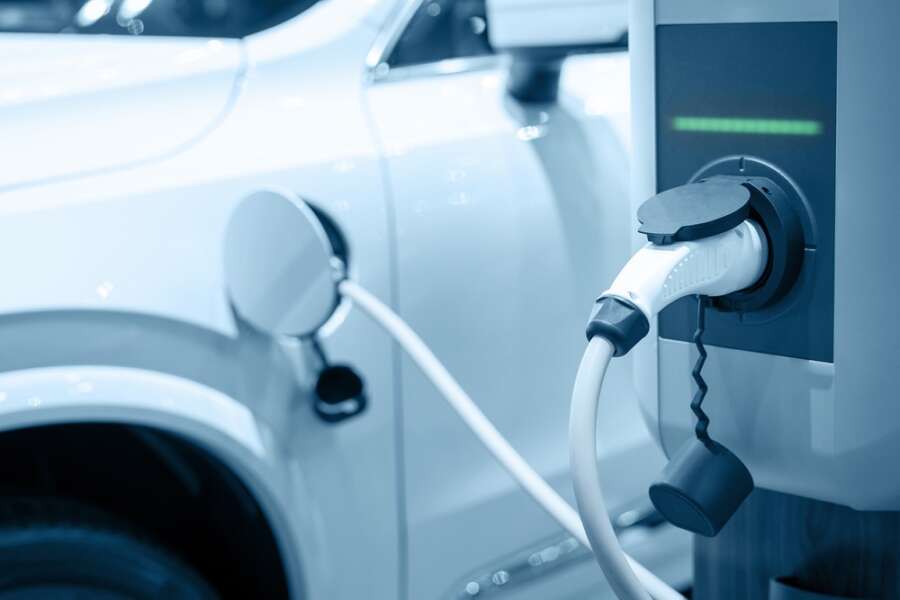

By John Gravett, head of infrastructure at Cluttons
With the announcement by the Government of 300,000 electric vehicle charging points being made available by 2030, many have questioned whether this will be enough to reach the original EV targets.
The plan includes a £500m scheme with £450m being dedicated to boost public charging, aimed at those who do not have the facilities to support the EV charger. However, with a third of the 30,000 already available chargers in London alone, planning for EV infrastructure needs to be examined across the country.
The RAC has expressed concern with the charging point target sounding impressive, but in relation to the actively growing demand due to increased environmental awareness, government schemes and soaring petrol prices, this will only increase.
The increase in charging points is in no doubt a step in the right direction towards the UK becoming net zero. However, if we are to get the projected 5m EVs on the road by 2030, we will need even more charging points and a UK wide rollout plan to ensure the locations are strategically the best possible.
There have been questions and concerns over locations of these public charging ports and whether areas in the UK will be left out in this rollout. Currently, there is a lack of consumer confidence in switching their vehicles to EV solely, with many who have taken the plunge doing so with their second car, rather than their main.
Back in November 2021, the government announced that new builds including supermarkets, workplaces and buildings undergoing major renovations would now be required to have charging ports for EVs.
Yet, there was no acknowledgement over the north south divide when it comes to public charging ports. London and the Southeast have more public charging ports than the rest of England and Wales combined, meaning areas lacking EV infrastructure would need to be considered and made a priority in relation to the demand. This is even more important when one considers the much publicised ‘levelling up agenda’.
Furthermore, the network of points will also require superlative connectivity for drivers to feel confident in long journeys to find and book while on route.
The discussion over local electrical grid capacity and connectivity in relation to EV charging has been another hot topic and is regarded as essential in terms of the rollout. Councils need to ensure that electrical grids can cope and supply the demand of the additional charging ports and connectivity facilitates individuals to seek charging ports and availability, rather than wasting time, energy, and electricity. Petrol forecourts are often not well connected in terms of fibre, again potentially challenging the efficiency of EV infrastructure.
For these to succeed, we will also require EV champions at a local level and Central, local authority and industry cooperation. It’s important that the 300,000 charging points are not just counted but every thought is given to their location, their champions/support, and the relative connectivity speeds.
Cluttons recognises that collaboration with local authorities and government support to improve connectivity will undoubtedly make a significant impact. It will allow for more locations for the charging ports to be made widely available across the country, making targets far more achievable over the next few years.
So all in all, the announcement is a tentative step towards the UK’s net zero commitment but there are plenty more steps to be taken – and fast – to ensure a practical plan for the facilitation of country wide, confident, and supported EV drivers.


